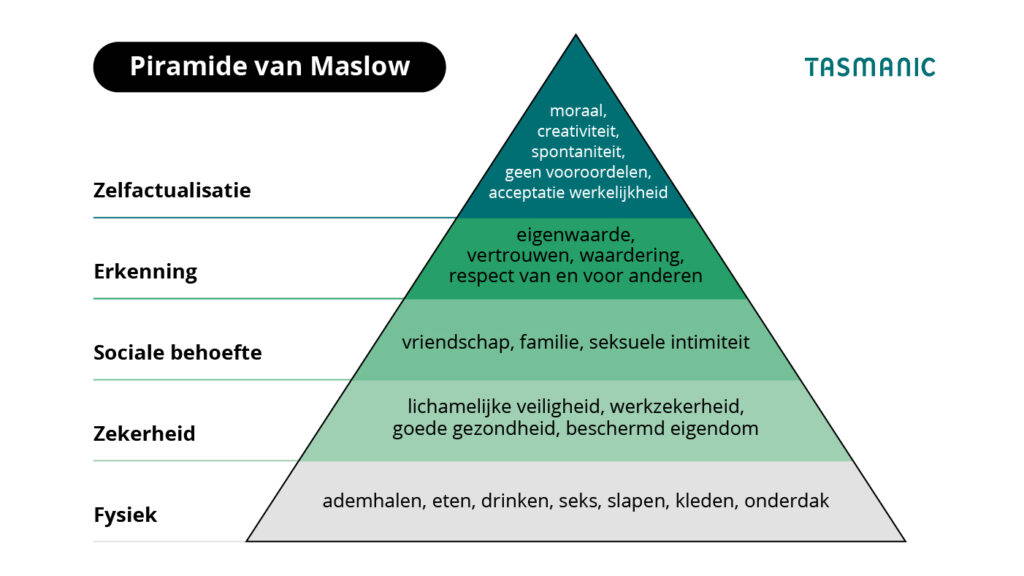
Introduction
Are you starting a new business or establishing a different business model? The Business Model Canvas helps you to map out your business plan in one A4 in a clear and structured way. You do this using nine building blocks, which together form the core of your business.
In this article, we explain exactly what the Business Model Canvas is, explain the 9 building blocks and elaborate a Business Model Canvas example to get you started.
What is the Business Model Canvas?
The Business Model Canvas is a useful tool for clearly and structurally mapping out the core of your business. It consists of nine building blocks that represent the most important aspects of a business, such as customers, value proposition, revenues and costs.
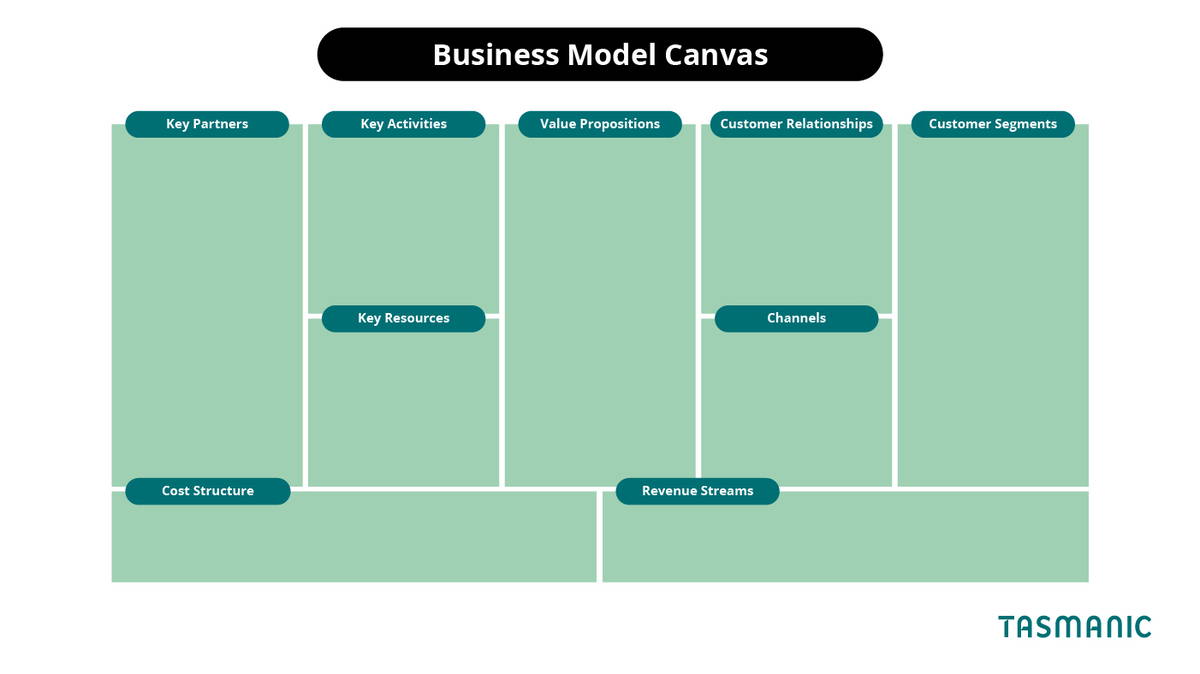
Why do you write a business plan?
Writing a business plan is important for your business for several reasons. First, it ensures that your company's vision and strategy are clearly defined. In addition, it provides market insights, financial planning, risk management, attracting new investors, operational plan and communication. Thus, writing a good business plan is essential to the success of your venture. Your plan does not have to be a thick tome. Precisely not: you can summarize your business plan in a clear business model. This gives you direct insight into opportunities and threats and helps you to make adjustments quickly.
The 9 building blocks of the Business Model Canvas
The Business Model Canvas consists of nine building blocks, which together map out all the key components of your business. Let's zoom in on each building block:
1. Customer Segments.
These are the specific groups of people or organizations your company wants to serve. It is important to define your target audience and understand their needs and wants.
2. Value Proposition.
This describes the unique value your company provides to its customer segments. It can be products, services, or other benefits that attract customers and solve their problems or fulfill their needs.
3. Channels (channels).
These are the ways your company communicates and delivers its value proposition to customer segments. Channels can include stores, websites, social media, email, direct sales, or other communication and distribution methods.
4. Customer Relationships.
This building block describes how your company builds and maintains relationships with its customers. This can range from personal support to automated services, and affects customer satisfaction and loyalty.
5. Revenue Streams.
These are the ways your business makes money from its value proposition. Revenue streams can include sales of products or services, subscriptions, licenses, ads, commissions, or other revenue streams.
6. Key Resources.
These are the physical, intellectual, human, and financial resources your company needs to realize its value proposition and carry out its core activities. Examples include buildings, equipment, patents, employees, and capital.
7. Key Activities.
These are the key activities your business must perform to create, deliver, and retain value. They include things like production, marketing, sales, distribution, and customer service.
8. Key Partners (collaborations).
These are the external parties that help your business succeed, such as suppliers, distributors, investors, and strategic partners. Working with key partners can help mitigate risk, share resources, and create synergies.
9. Cost Structure.
This describes the major costs your company incurs in conducting its business. Costs can include fixed and variable costs, such as salaries, rent, raw materials, marketing, and production.
Elaborated example Business Model Canvas: Apple
To get you started, we completed the Business Model Canvas for the company Apple.
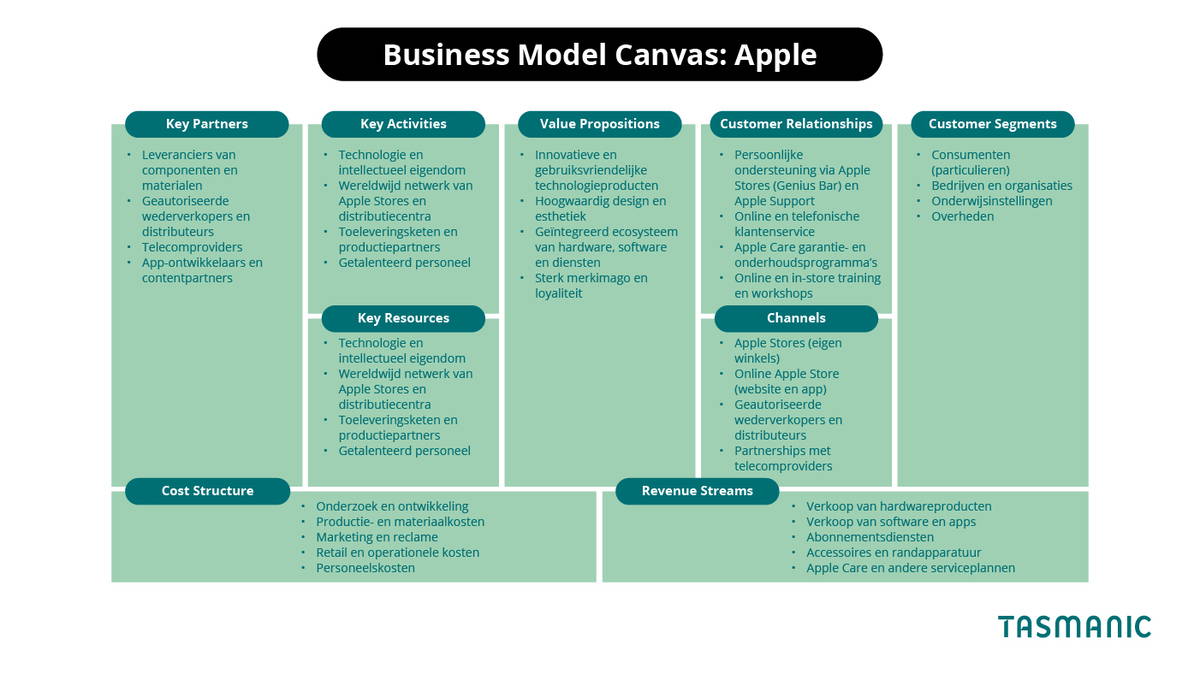
Side note: the building blocks are filled in based on information we found on the web. With this we want to make it clear that the content may not be 100% correct, but it should give a good idea of how to complete this model.
1. Customer Segments.
- Consumers (individuals)
- Companies and organizations
- Educational institutions
- Governments
2. Value Proposition.
- Innovative and user-friendly technology products
- High-quality design and aesthetics
- Integrated ecosystem of hardware, software and services
- Strong brand image and loyalty
3. Channels (channels).
- Apple Stores (proprietary stores)
- Online Apple Store (website and app)
- Authorized resellers and distributors
- Partnerships with telecom providers
4. Customer Relationships.
- Personal support through Apple Stores (Genius Bar) and Apple Support
- Online and telephone customer service
- Apple Care warranty and maintenance programs
- Online and in-store training and workshops (Apple Today)
5. Revenue Streams.
- Sales of hardware products (iPhone, iPad, Mac, Apple Watch, etc.)
- Sales of software and apps (MacOS, iOS, App Store)
- Subscription services (Apple Music, iCloud, Apple TV+, Apple Arcade, etc.)
- Accessories and peripherals
- Apple Care and other service plans
6. Key Resources.
- Product development and innovation
- Marketing and brand management
- Software and app development
- Supply chain management and manufacturing
- Retail and distribution
7. Key Activities.
- Technology and intellectual property (patents, designs, software)
- Worldwide network of Apple Stores and distribution centers
- Supply chain and manufacturing partners
- Talented personnel (designers, engineers, marketers, etc.)
8. Key Partners (collaborations).
- Suppliers of components and materials (such as Intel, TSMC, Samsung, etc.)
- Authorized resellers and distributors
- Telecom providers (for selling iPhones and data plans)
- App developers and content partners (for App Store, Apple Music, etc.)
9. Cost Structure.
- Research and development (R&D)
- Production and material costs
- Marketing and advertising
- Retail and operating costs (Apple Stores, distribution, logistics)
- Personnel costs (salaries, training, etc.)
Advantages and disadvantages Business Model Canvas
The Business Model Canvas has several advantages and disadvantages when analyzing and developing a business model. We list the main advantages and disadvantages of the model:
Advantages
- Visual overview: The Business Model Canvas provides a visual overview of the key elements of a business model, making it easier to understand the relationships and connections between them.
- Simplicity and accessibility: The canvas is simple and easy to understand, making it accessible to people without extensive business knowledge or experience.
- Flexibility: The canvas can be adapted to different business types and sizes and can be updated as the business grows and changes.
- Collaboration: The Business Model Canvas promotes collaboration and discussion within teams because it provides a common framework for sharing and evaluating ideas.
- Speed: Compared to writing a traditional business plan, completing a Business Model Canvas can be done faster, allowing companies to respond more quickly to changing market conditions or new opportunities.
Cons
- Limited depth: The Business Model Canvas provides a concise overview of a business model, but it can sometimes be too simplistic to fully describe complex business models or strategies.
- Lack of detail: Due to the brevity of the canvas, some important details, such as market research, competitive analysis and financial projections, may be overlooked or inadequately developed.
- Static snapshot: Although the canvas is flexible, it provides only a snapshot of the business model at any given time. Companies should regularly update their canvas to reflect changes in the market or their strategy.
- Not a replacement for a business plan: While the Business Model Canvas is useful as a tool for strategy and planning, it is not a complete replacement for a comprehensive business plan, especially when it comes to obtaining financing or attracting investors.
In addition to the Business Model Canvas, there are other ways to write your business plan. On our business plan examples page you will find examples and templates of different types of business plans.
Are the results from your online marketing disappointing?
Request our no-obligation performance scan and we'll tell you where you're going wrong.



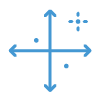









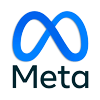

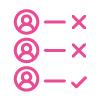
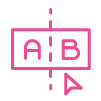
 Team
Team FAQ
FAQ Vacancies
Vacancies Contac
Contac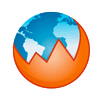 AWR
AWR Ahrefs
Ahrefs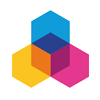 Channable
Channable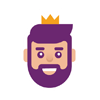 ContentKing
ContentKing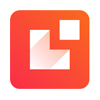 Leadinfo
Leadinfo Optmyzr
Optmyzr Qooqie
Qooqie Hubspo
Hubspo Semrush
Semrush




